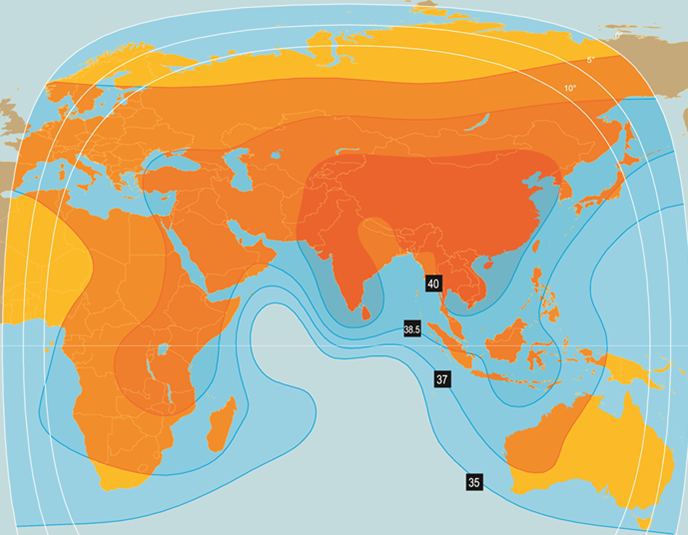Mission type Communication COSPAR ID 2012-013A Mission duration 15 years Perigee 35.784 million m Inclination 0.04° Rocket Long March 3B | Operator APT Satellite Holdings SATCAT no. 38107 Apogee 35.802 million m Inclination 0.04° Launch date 31 March 2012 | |
 | ||
Website www.apstar.com/apt_apstar/APSTAR%20VII.asp Similar Apstar VI, Intelsat 20, MEASAT‑3, AsiaSat 5, Thaicom 5 | ||
Apstar 7 satellite launch success m2ts
Apstar-7 is a Chinese communications satellite which is operated by APT Satellite Holdings as part of the Apstar system. It was launched in 2012 as a replacement for the Apstar-IIR satellite launched in 1997.
Contents
Apstar-7 was constructed by Thales Alenia Space, and is based on the Spacebus-4000C2 satellite bus. The satellite had a mass at launch of 5,054 kilograms (11,142 lb), and is expected to operate for at least 15 years. It is positioned in geostationary orbit at a longitude of 76.5 degrees East, and carries 56 transponders with an operating power of 8.4 kilowatts; 28 operating in the C band and providing services to Asia, Africa, eastern and central Europe and Australia and the other 28 operating in the Ku band, covering Africa, the Middle East, the People's Republic of China, and Taiwan. The satellite's solar arrays generate 11.4 kilowatts of power.
Apstar-7 was launched by a Long March 3B/E carrier rocket, flying from Launch Complex 2 at the Xichang Satellite Launch Centre. Liftoff took place at 10:27 UTC on 31 March 2012, with the rocket placing the satellite into a supersynchronous transfer orbit.
Apstar 7 launched successfully
Operational history
Because the United States prohibits the export of satellite components when a Chinese launcher is used, Apstar-7 was built as an ITAR-free satellite, containing no American components. Ironically, in May 2012, the US Department of Defense leased bandwidth on Apstar-7 in order to improve communications with the U.S. Africa Command.
